David Mandell is professor of psychiatry at the University of Pennsylvania and director of the Center for Mental Health Policy and Services.
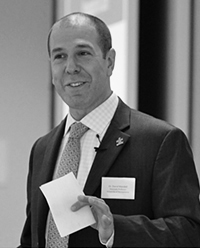
David Mandell
Professor
University of Pennsylvania
From this contributor
How to support Black scientists and clinicians in autism research
To address racial disparities in autism diagnosis and outcomes, we need more Black autism researchers and clinicians. Here are some tips to help recruit and train them.
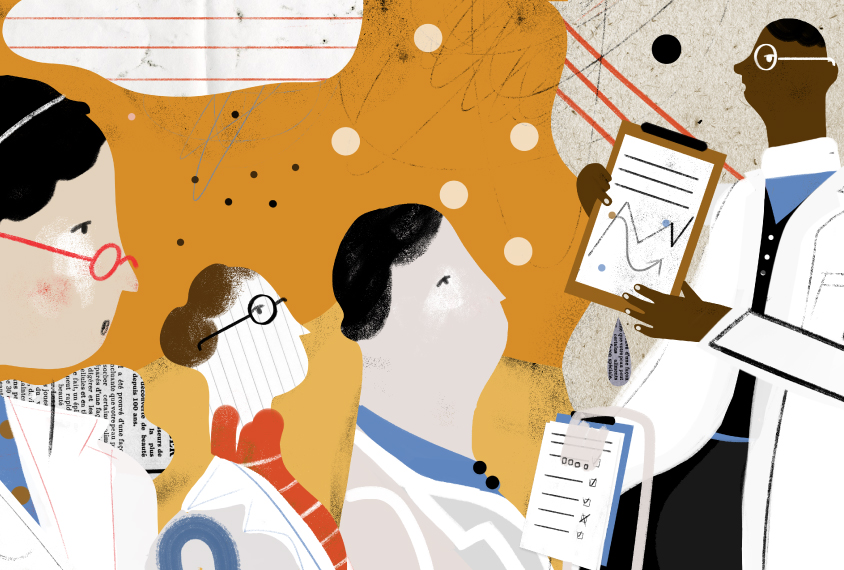
How to support Black scientists and clinicians in autism research
Community delivery of autism therapies lags far behind evidence
Most community clinicians do not deliver care that is in line with the latest evidence — and they are not improving over time.
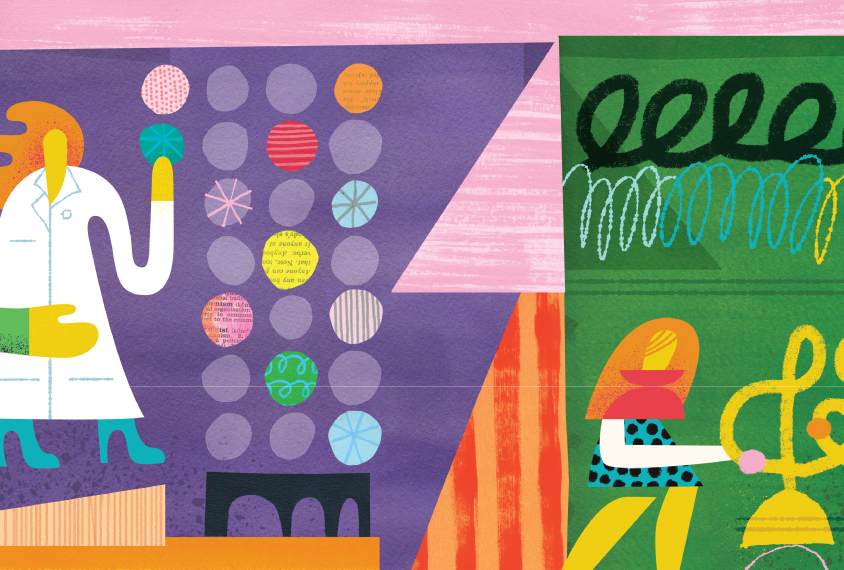
Community delivery of autism therapies lags far behind evidence
Why U.S. science may seriously suffer from a government shutdown
Even a brief shutdown of the government can dramatically affect the process of conducting science and the support for young scientists.
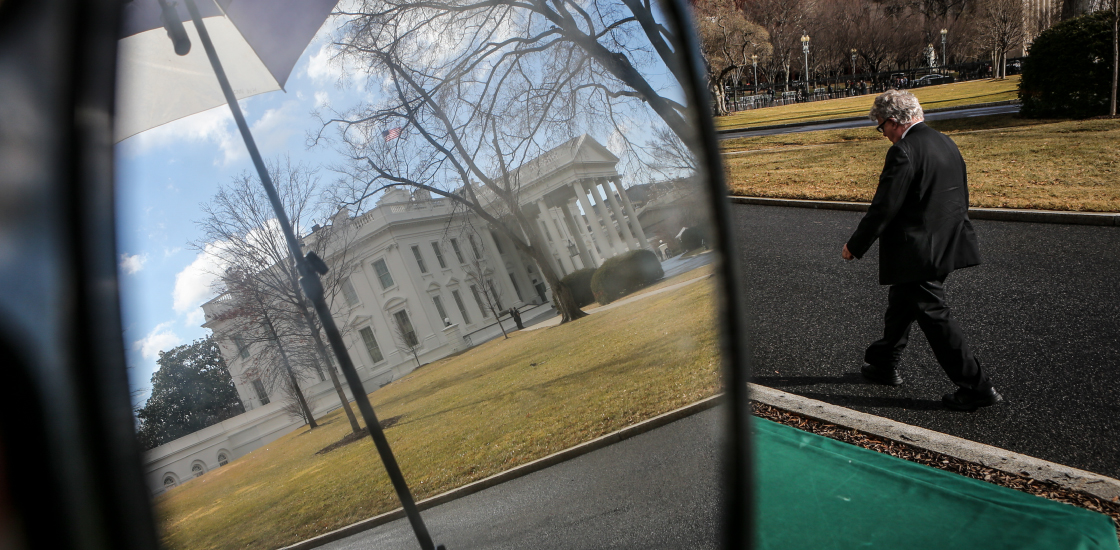
Why U.S. science may seriously suffer from a government shutdown
Why too many children with autism end up in foster care
The foster care system is becoming a critical component of care for children with autism.
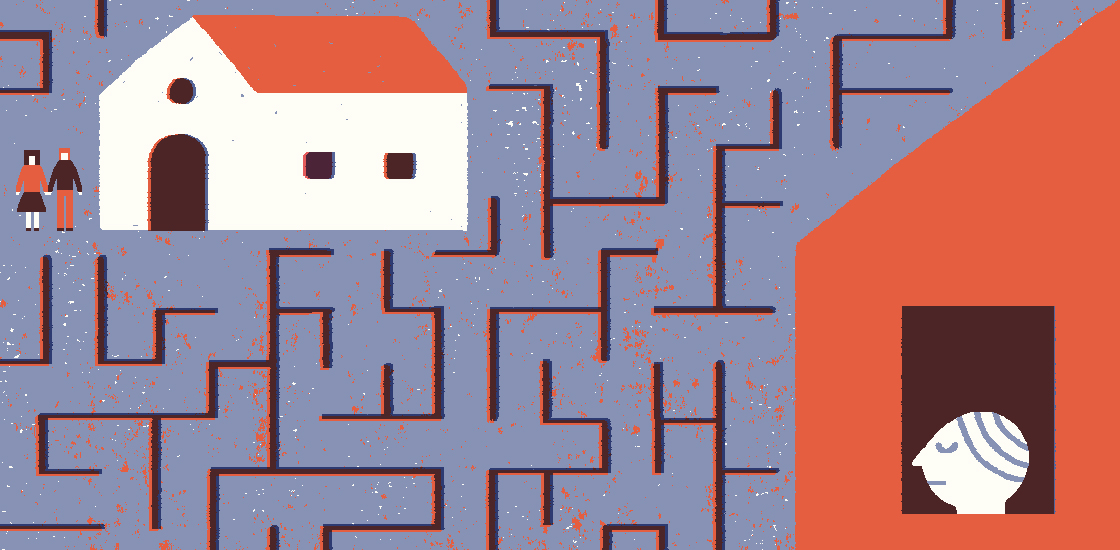
Why too many children with autism end up in foster care
Smoke, mirrors and Robert Kennedy Jr.’s vaccine safety panel
Don’t let Robert F. Kennedy Jr.’s appointment distract us from fighting the policy changes that could have dire consequences for people with autism.

Smoke, mirrors and Robert Kennedy Jr.’s vaccine safety panel
Explore more from The Transmitter
The Transmitter’s most-read neuroscience book excerpts of 2025
Books by Nachum Ulanovsky, Nicole Rust, and Andrew Iwaniuk and Georg Striedter made the list of some of the year's most engaging neuroscience titles.

The Transmitter’s most-read neuroscience book excerpts of 2025
Books by Nachum Ulanovsky, Nicole Rust, and Andrew Iwaniuk and Georg Striedter made the list of some of the year's most engaging neuroscience titles.
Neuroscience’s leaders, legacies and rising stars of 2025
Here are seven stories from the past year about some of the field’s most engaging figures.

Neuroscience’s leaders, legacies and rising stars of 2025
Here are seven stories from the past year about some of the field’s most engaging figures.
The Transmitter’s top news articles of 2025
Check out some of our most-read stories, covering neuroscience funding and policy changes in the United States, and methodological issues in high-profile neuroscience papers.

The Transmitter’s top news articles of 2025
Check out some of our most-read stories, covering neuroscience funding and policy changes in the United States, and methodological issues in high-profile neuroscience papers.